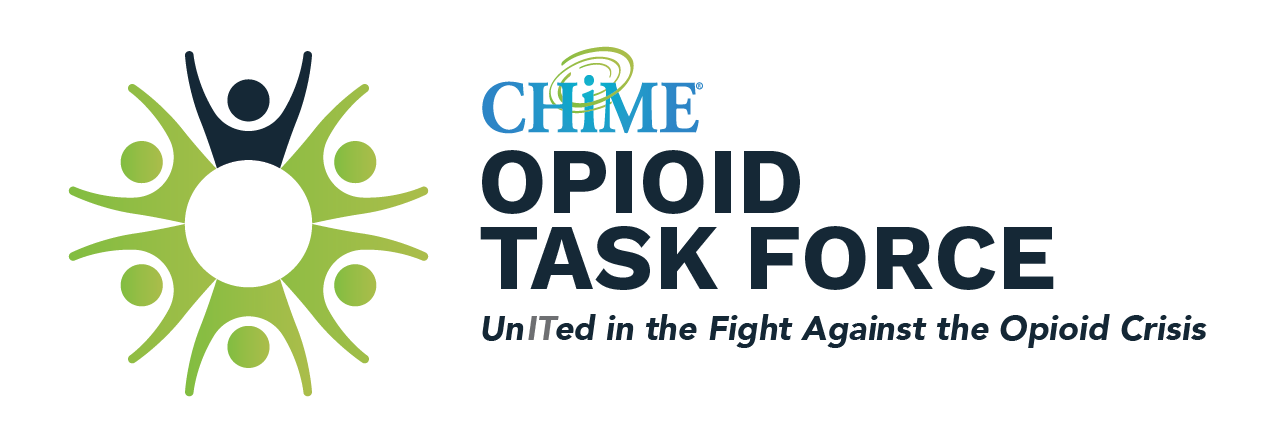Geisinger’s efforts to reduce prescription opioid abuse began in 2015, when the opioid crisis started to become prevalent in Pennsylvania. Analytics played a significant role in helping drive the need to act.
A Geisinger committee of key physician leaders (representing 10 physician “councils” across the entire organization) decided to establish an Opioid Task Force to respond to the growing opioid epidemic in the region. The executive sponsor of the Opioid Task Force is Geisinger’s chief pharmacy officer, and the team includes representation from physician leadership as well as IT (specifically the Epic Ambulatory Leader). The purpose of Geisinger’s Opioid Task Force is to support the needs of the 10 physician councils, each of which is focused on a different aspect of Geisinger’s Opioid Stewardship Program (e.g., pain management, clinical decision support tools, community outreach, etc.). The Opioid Task Force initially met on a weekly basis when Geisinger was planning and implementing the core components of its Opioid Stewardship Program; currently the team meets once a month.
IT involvement in Geisinger’s Opioid Task Force was essential given the role that data plays in Geisinger’s opioid stewardship efforts. In addition to being responsible for the reporting and analytics needed to support the opioid stewardship program (much of which is done using an external “big data” platform), IT also worked closely to collaborate with Geisinger stakeholders across the organization to link the provider dashboard to Geisinger’s enterprise EHR, leverage information from the Pennsylvania state PDMP database, implement electronic prescribing for controlled substances (EPCS), and integrate data from Geisinger’s pain app into the EHR and provider dashboard.
Information technology is a powerful tool, but its effectiveness is limited without buy-in from clinicians and administrators…Technology is not the silver bullet to solving this problem; there is no single silver bullet.
– John Kravitz, Corporate CIO, Geisinger,
Source: Healthcare Informatics, 4/27/18
Geisinger’s Opioid Stewardship initiative has resulted in reducing the number of opioid prescriptions per month by half, from an average of 60,000 prescriptions per month down to 31,000 per month by April 2018. The downward trend has continued since then.
Keys to Success:
- A passionate executive sponsor.
- Engagement from clinical and administrative leaders.
- Patience. Kravitz notes: “Creating the right governance structure and implementing
changes to curb opioid abuse takes a lot of diligence; it took us two full years to actually
achieve results.” - Focus on knowledge and analysis. “We found that giving data back to our providers was
critical to success; they absolutely respond to data and relative metrics,” says Kravitz. - Create peer pressure among physicians.
- Employ change management methods (skills, techniques, disciplines).
Geisinger’s approach to opioid stewardship governance reflects the organization’s holistic, multifaceted, and data-driven strategy for
responding to the opioid crisis:
- Encourage effective, non-opioid therapies
- Leverage the Pennsylvania state PDMP
- Link provider dashboard to EHR
- Document findings in patient’s medical record
- Integrate data from the Geisinger pain app into the dashboard and the
patient’s medical record - Enable electronic prescribing for controlled substances (EPCS)
Source: “Geisinger’s Approach to the Increasing Opioid Epidemic,” CHIME
Webinar, April 2018
